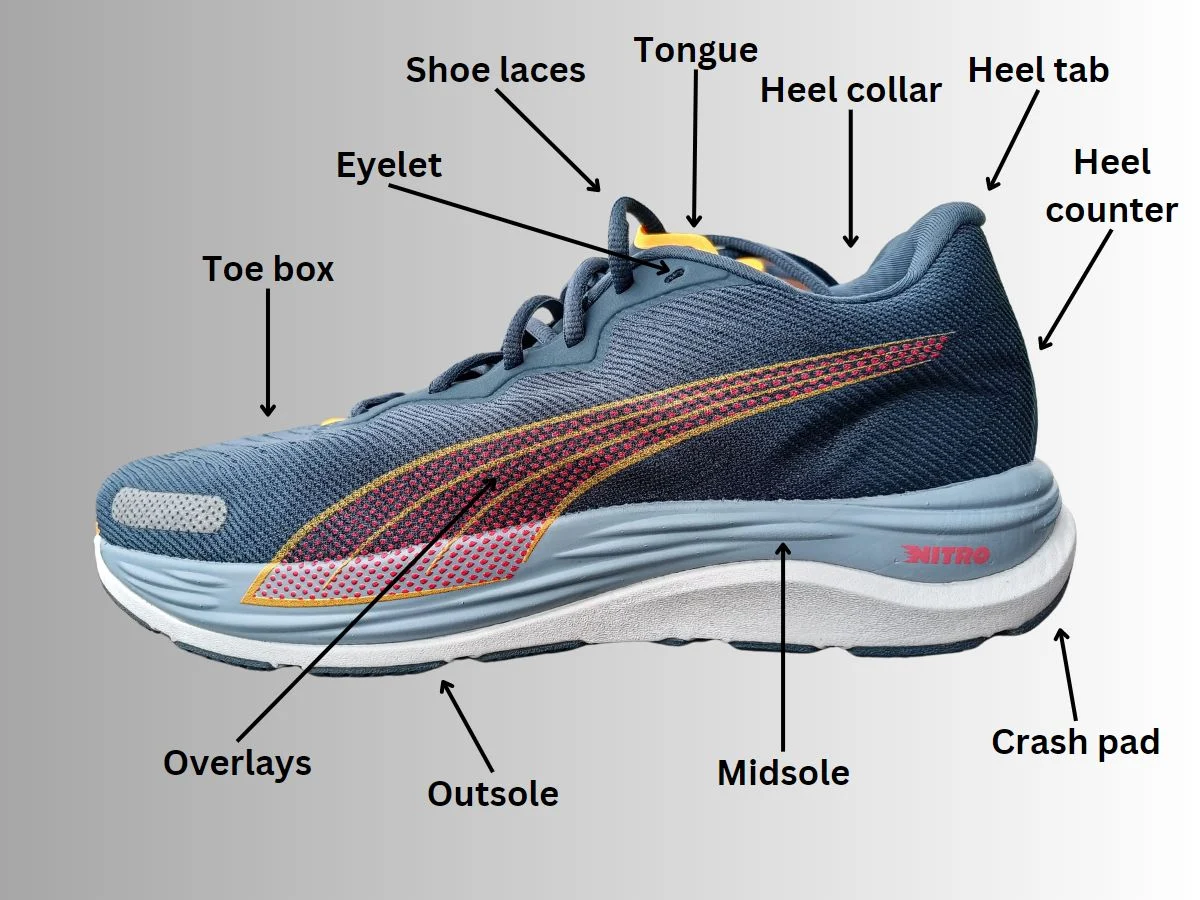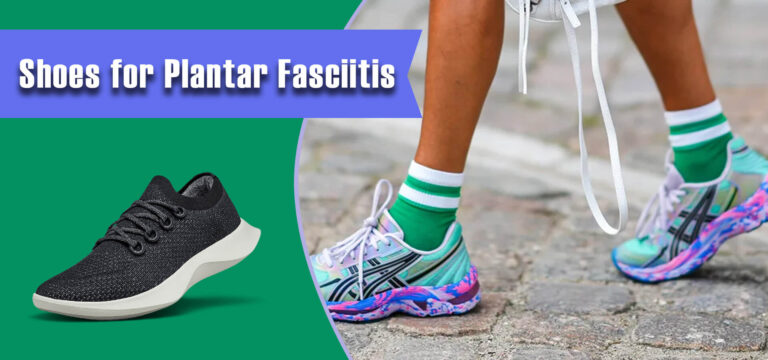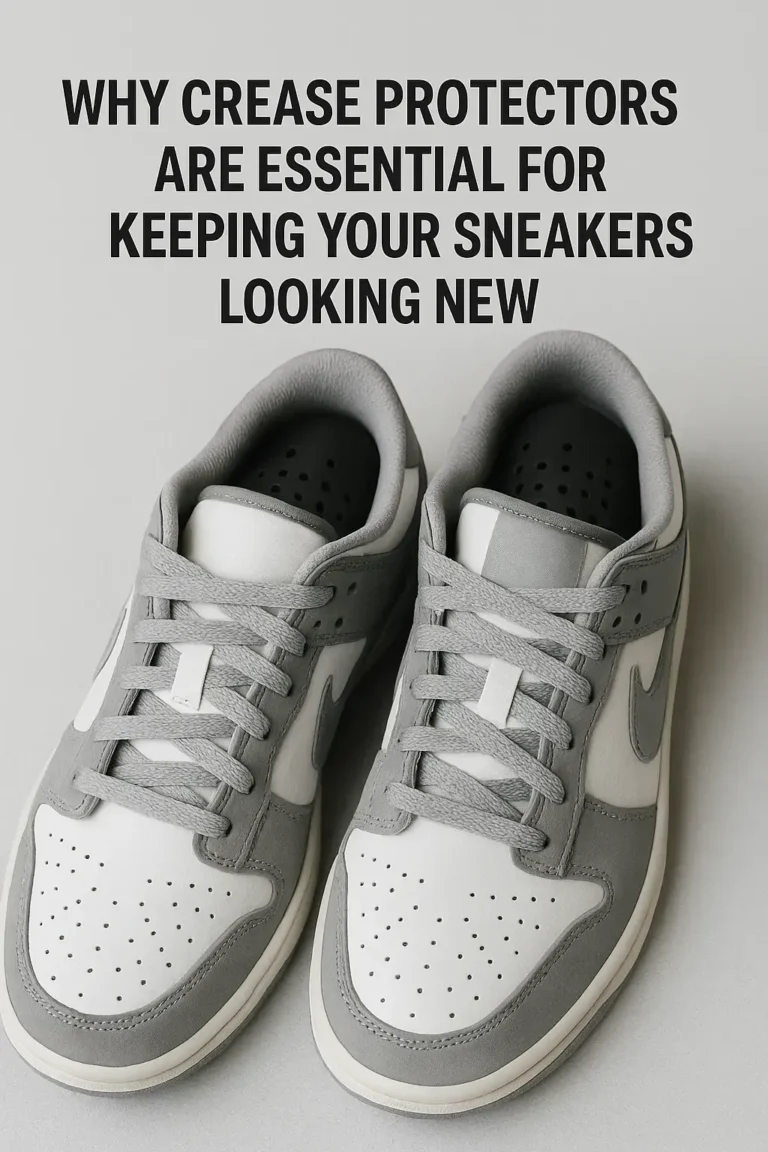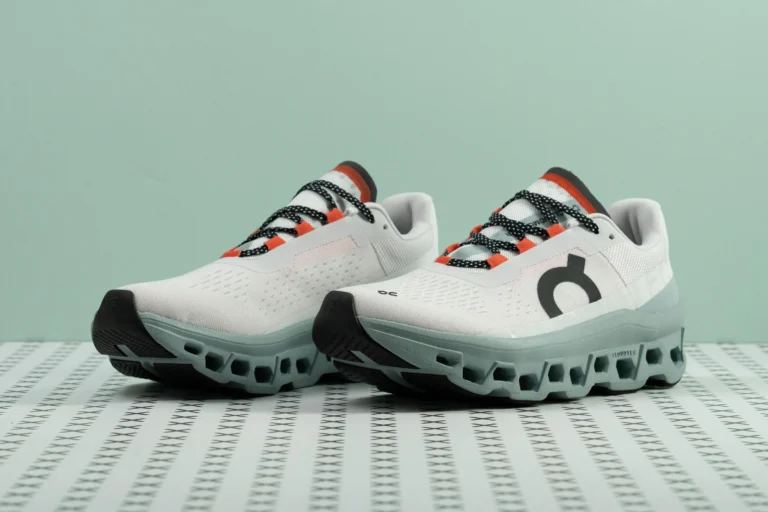Understanding the Key Parts of a Running Shoe: A Guide for Better Fit and Comfort
Running shoes are essential gear for any runner, but many don’t realize how intricate the design of these shoes is. The various components of a running shoe work together to provide comfort, stability, and durability. Each part plays a specific role, ensuring that the shoe enhances your running experience. In this guide, we’ll take a closer look at the key parts of a running shoe and how understanding them can help you choose the best pair for a more comfortable and efficient run.
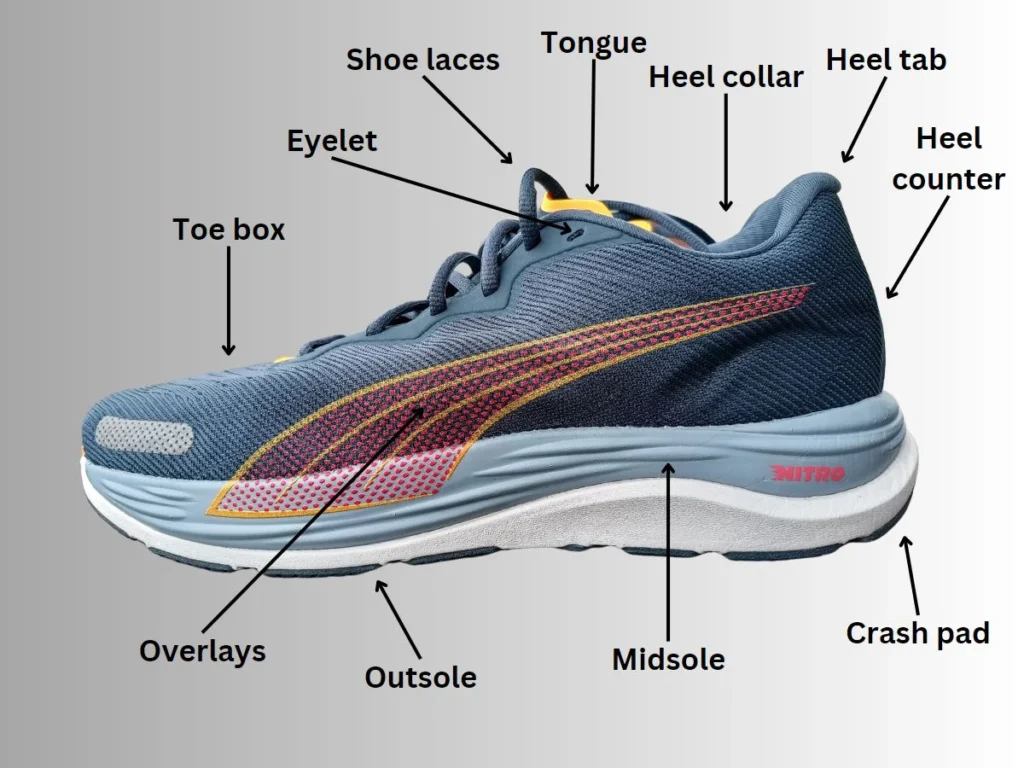
The Upper: Where Comfort Begins
The upper part of the running shoe is the section that wraps around the top of your foot, providing both comfort and support. It includes several key features, such as the toe box, vamp, and quarter panel. The toe box is the front part of the shoe that houses your toes. A roomy toe box is crucial for comfort, as it allows your toes to move naturally. A tight or constricted toe box can lead to blisters, bunions, and other foot problems. The vamp is the section of the upper that covers the top of your foot. It’s typically made from breathable materials to keep your feet cool and dry during your run. The quarter panel on the sides of the shoe helps provide structure and support, ensuring that the shoe fits snugly around your foot. Finally, the heel collar and tab provide padding around the ankle, preventing chafing while offering a secure fit to help you avoid any foot slippage inside the shoe. The lacing system also plays a role in securing your foot inside the shoe. Some running shoes feature an asymmetrical lacing system, which reduces pressure on the top of your foot for a more comfortable fit. All of these elements combined work to make the upper part of your running shoe essential for overall comfort and support.
The Midsole: Cushioning and Support
The midsole of a running shoe is arguably the most important part when it comes to comfort and performance. It’s the layer between the upper and the outsole, and it serves as the primary cushioning system for your foot. Most running shoes feature midsoles made from EVA foam (Ethylene Vinyl Acetate) or polyurethane, both of which provide excellent shock absorption. The stack height of the midsole refers to the thickness of this cushioning. A higher stack height typically offers more cushioning, which can be beneficial for longer runs or runners who need extra support. The heel-to-toe drop, or the difference in height between the heel and the forefoot, also impacts comfort and running form. A lower drop encourages a more natural stride and can help reduce the impact on your joints. Additionally, some running shoes are designed with stability features, such as a medial post or shank, which help control overpronation (when the foot rolls inward during running). These stability features ensure that the shoe provides a solid foundation, preventing injury and enhancing overall performance.
The Outsole: Traction and Durability
The outsole of a running shoe is the part that comes in direct contact with the ground. It’s designed to provide traction and durability, ensuring that you can run on various surfaces without slipping. Most running shoe outsoles are made from rubber, a material that’s known for its durability and grip. The tread pattern on the outsole varies depending on the type of running shoe. For instance, shoes designed for trail running will have deep lugs (protrusions on the sole) to provide additional traction on uneven, slippery surfaces. On the other hand, shoes made for road running usually feature a smoother tread pattern for better efficiency on paved surfaces. Flex grooves are another important component of the outsole. These grooves allow the shoe to bend and flex naturally, supporting the foot’s movement during the running stride. The durability of the outsole ensures that the shoe can withstand miles of use without significant wear, contributing to the shoe’s overall lifespan.
Insole/Sockliner: First Layer of Comfort
The insole or sockliner of a running shoe is the first layer of comfort that your foot experiences when you put on the shoe. This component offers additional cushioning and can significantly affect the shoe’s overall feel. Most insoles are made from materials such as foam, gel, or cork, each offering different levels of comfort and support. The sockliner can also be removed, which is particularly useful for runners who require custom orthotics or need to replace the insole for a more personalized fit. While the insole might seem like a simple feature, it plays a vital role in the overall comfort and performance of the shoe. It works in tandem with the midsole to provide a comfortable running experience by offering cushioning where your foot needs it the most.
Additional Components: Heel Counter, Shank, and Crash Pad
In addition to the primary components mentioned above, several other features contribute to the overall performance of a running shoe. The heel counter is a rigid structure located at the back of the shoe, designed to hold the heel in place and provide stability. This part of the shoe helps to maintain the shoe’s shape and reduces the risk of foot movement inside the shoe that could lead to discomfort or injury. The shank is a supportive plate that’s typically located between the midsole and the outsole. It helps to increase stability and prevent excessive flexing, which can lead to fatigue or injury during long runs. Lastly, the crash pad is typically found in the heel area of the shoe and is designed to absorb impact when your foot strikes the ground. This component helps to minimize the shock on your joints, improving the shoe’s cushioning and providing a smoother running experience.
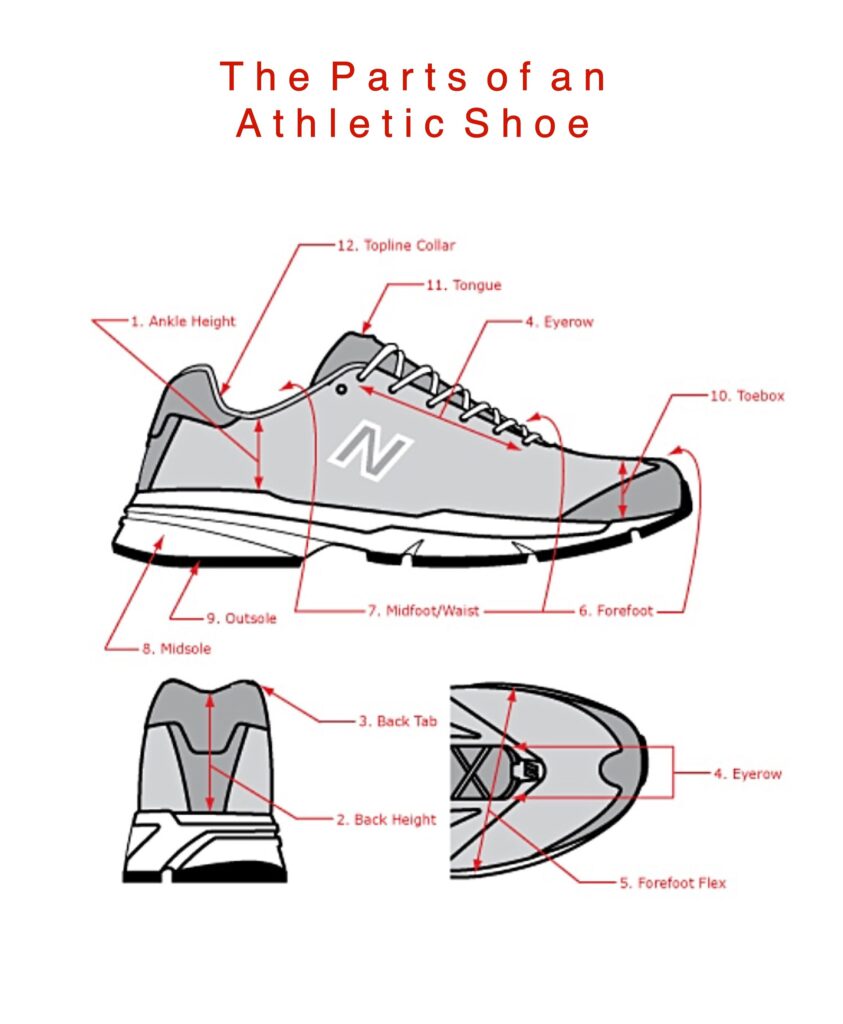
Conclusion
Understanding the anatomy of a running shoe is essential for selecting the right pair for your running needs. Each part of the shoe, from the upper to the outsole, plays a crucial role in providing comfort, support, and durability. When choosing a running shoe, consider your foot type, running style, and the shoe’s features. By doing so, you’ll ensure that you’re investing in a shoe that enhances your performance, prevents injuries, and offers long-lasting comfort.
FAQs
1. What is the ideal heel-to-toe drop for beginners?
A moderate drop (around 8-10mm) is often recommended for beginners as it offers a balance between cushioning and natural foot movement.
2. How often should I replace my running shoes?
It’s generally advised to replace running shoes every 300-500 miles, depending on how frequently you run and the terrain.
3. Can a shoe with a higher stack height prevent injuries?
While more cushioning can help reduce impact, it’s crucial to choose a shoe that aligns with your running style and foot type for optimal comfort and injury prevention.
4. Are trail running shoes necessary for off-road running?
Yes, trail shoes are designed with specialized tread patterns and more durable materials, making them ideal for uneven and slippery terrains.
5. Can I use orthotics with any running shoe?
Most running shoes have removable insoles, allowing for the use of custom orthotics if needed.

